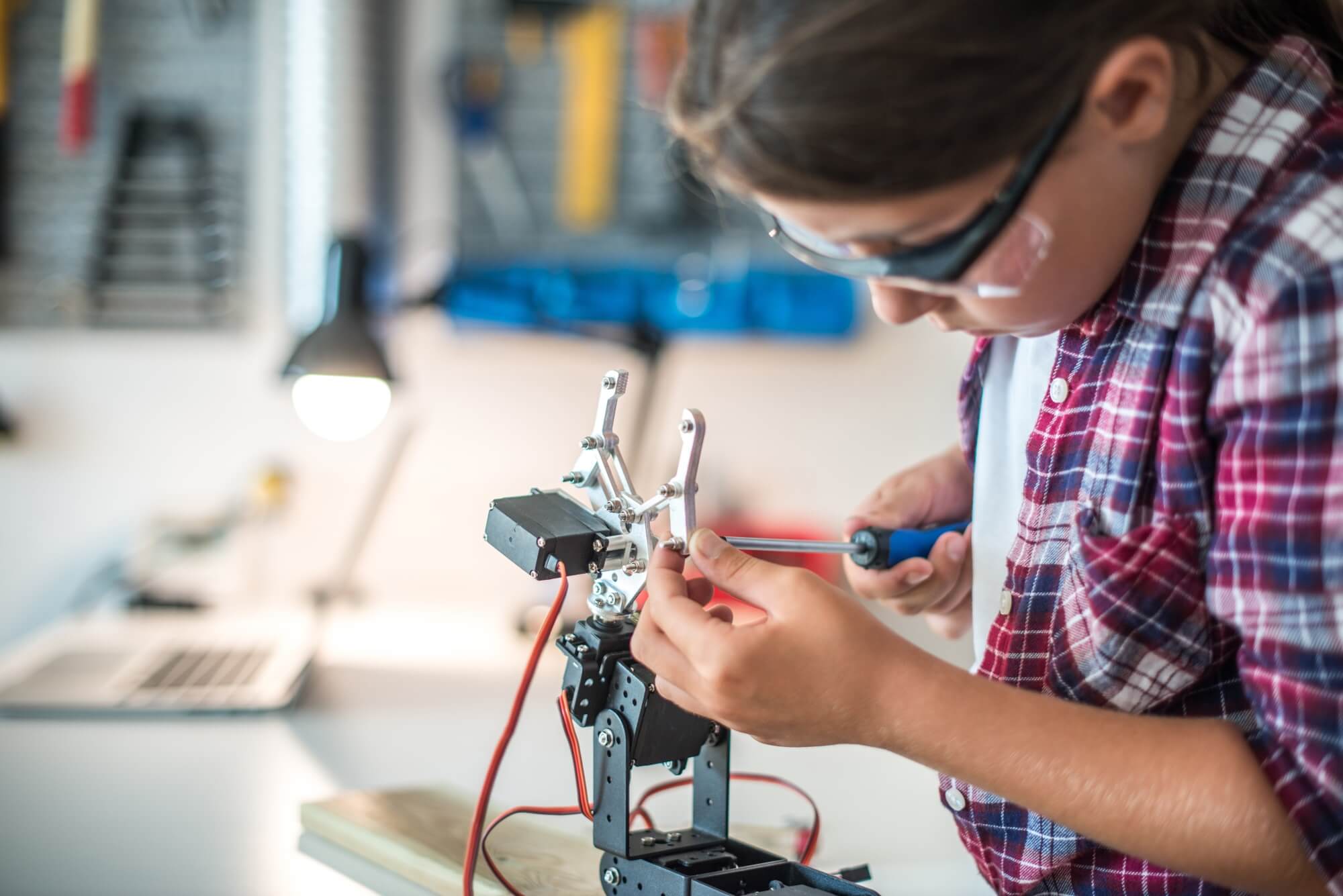Here’s how to encourage more girls to pursue science and math careers
Women remain underrepresented in science, technology, engineering and mathematics, or STEM. In the field of engineering, for example, women earned fewer than 20 percent of doctorates in 2014.
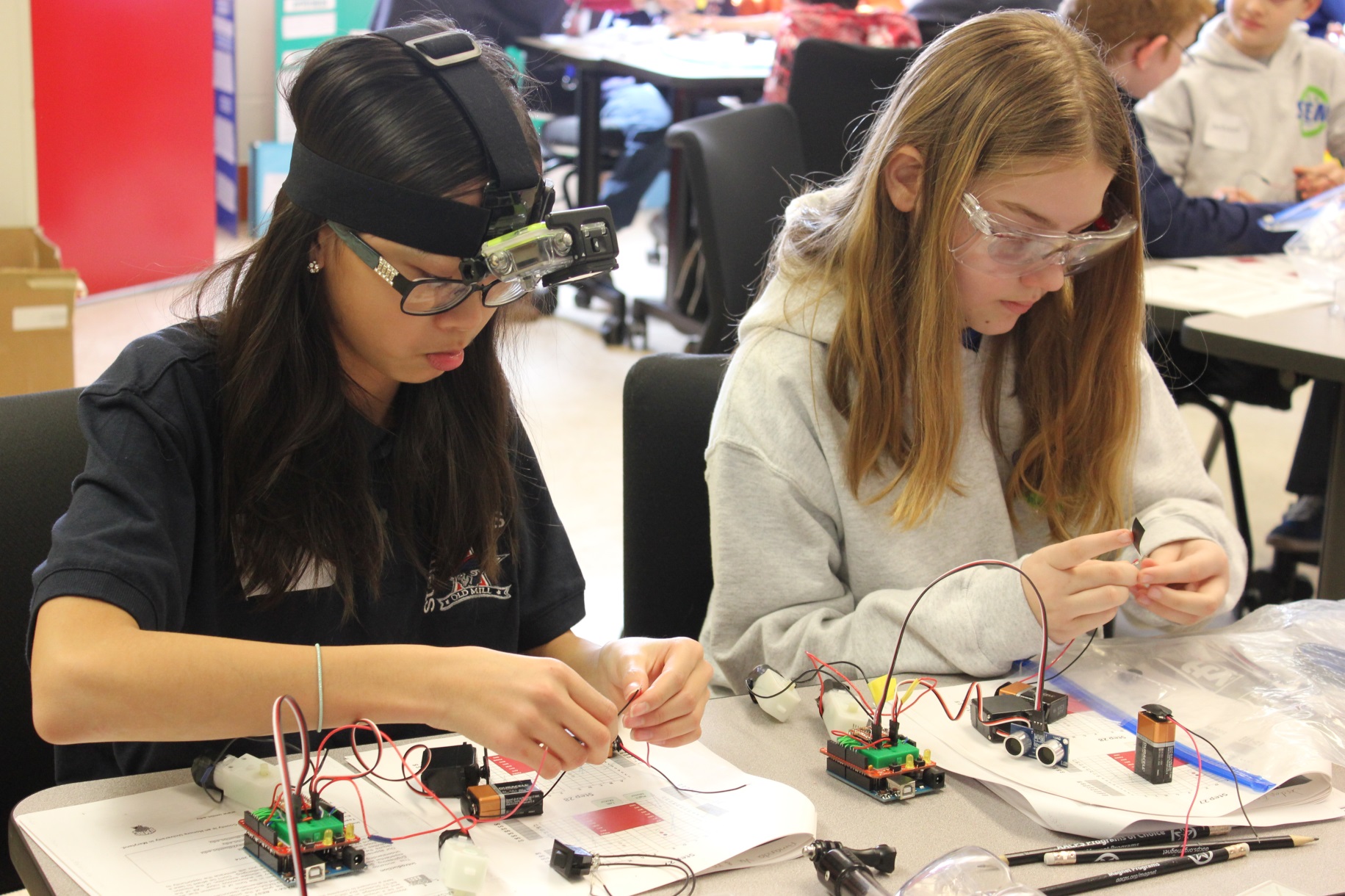
Such gaps, however, are not the result of differences in intellectual ability. Girls currently make up over half of the United States’ gifted student population. If girls have the smarts needed for success in STEM, then what factors explain why they don’t pursue education and careers in these fields?
- 0 Comments
- Jul 1, 2019 1:32:30 PM
- Posted by Maria Alejandra Calcetero
- Topics: EdTech, STEM, Curriculum, STEMchat, WomeninSTEM
Teaching STEM This Fall? Here Are Some Things To Do in July
In my years teaching middle school science, summer was always an ideal time to kick back and let my mind drift over events of the previous school year. Inevitably, ideas for changes and improvements drifted to the surface as I thought about what went great and not so well.

Since STEM is a relatively new initiative, summer is the ideal time to think through some ways to ratchet up your success in the coming school year. And if you’re a new STEM teacher, this is a perfect time to dive in and wrap your head around what you’ll be doing so you’ll get off to a great STEM start.
Here are some of my suggestions for what you could be doing in July to prepare for the beginning of school in August or September.
- 0 Comments
- Jun 28, 2019 3:06:44 PM
- Posted by Maria Alejandra Calcetero
- Topics: EdTech, STEM, Curriculum, Technology, STEMchat
4 ways EdTech can bridge the gap with future careers
With the rapid changes that are affecting the job market every day, the expectation for school to prepare students for real life is becoming harder and harder to live up to. How are teachers supposed to make children ready for their future careers when the facts they are teaching will no longer be true and the technology they are using will already be old by the time they finish?
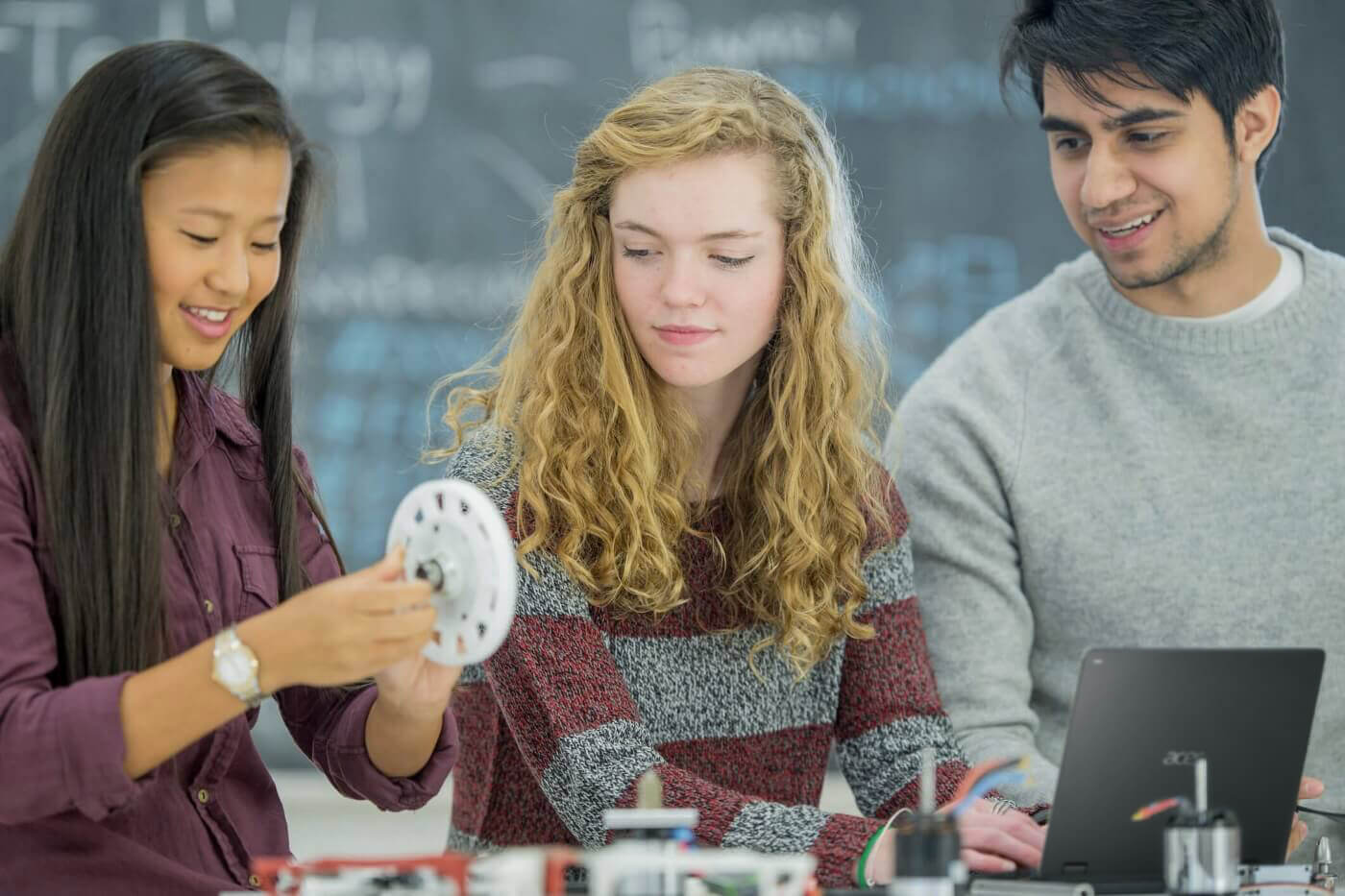
It is a daunting task, but technology, even if it risks being obsolete by the time they graduate, can be an invaluable tool to help the students of today become the workers of tomorrow. Let’s explore how.
- 0 Comments
- Jun 26, 2019 11:10:53 AM
- Posted by Maria Alejandra Calcetero
- Topics: EdTech, STEM, Technology, STEMchat
Beyond the screen: how the classroom experience will evolve
When we think of technology in the classroom, the first image that comes to mind is probably a room full of students staring at screens all day, raising legitimate concerns about their eyesight, lack of meaningful interaction with other people, and for the younger ones, even about their brain development.

But technology, including the devices and apps used in education, is not only advancing, it is changing form, so the stereotype no longer has to be true. Interacting with a screen is only a part of the experience EdTech has to offer: from artificial intelligence to mixed reality, education technology has left the limited space of the screen behind and is acquiring a role in the classroom that is not just larger, but also more varied.
- 0 Comments
- Jun 25, 2019 10:40:52 AM
- Posted by Maria Alejandra Calcetero
- Topics: EdTech, STEM, Technology, VR, STEMchat, AR
The 10 Essential STEM Teaching Practices
Many of my middle school students were natural scientists. They loved to explore, invent, build, figure things out and be actively engaged in their learning. While they would tolerate working with a fake scenario (“A space alien has just landed and . . .”) they were most engaged when dealing with problems that real scientists and engineers were working on.
Environmental issues were among their favorites; they wanted to make the world a better place.
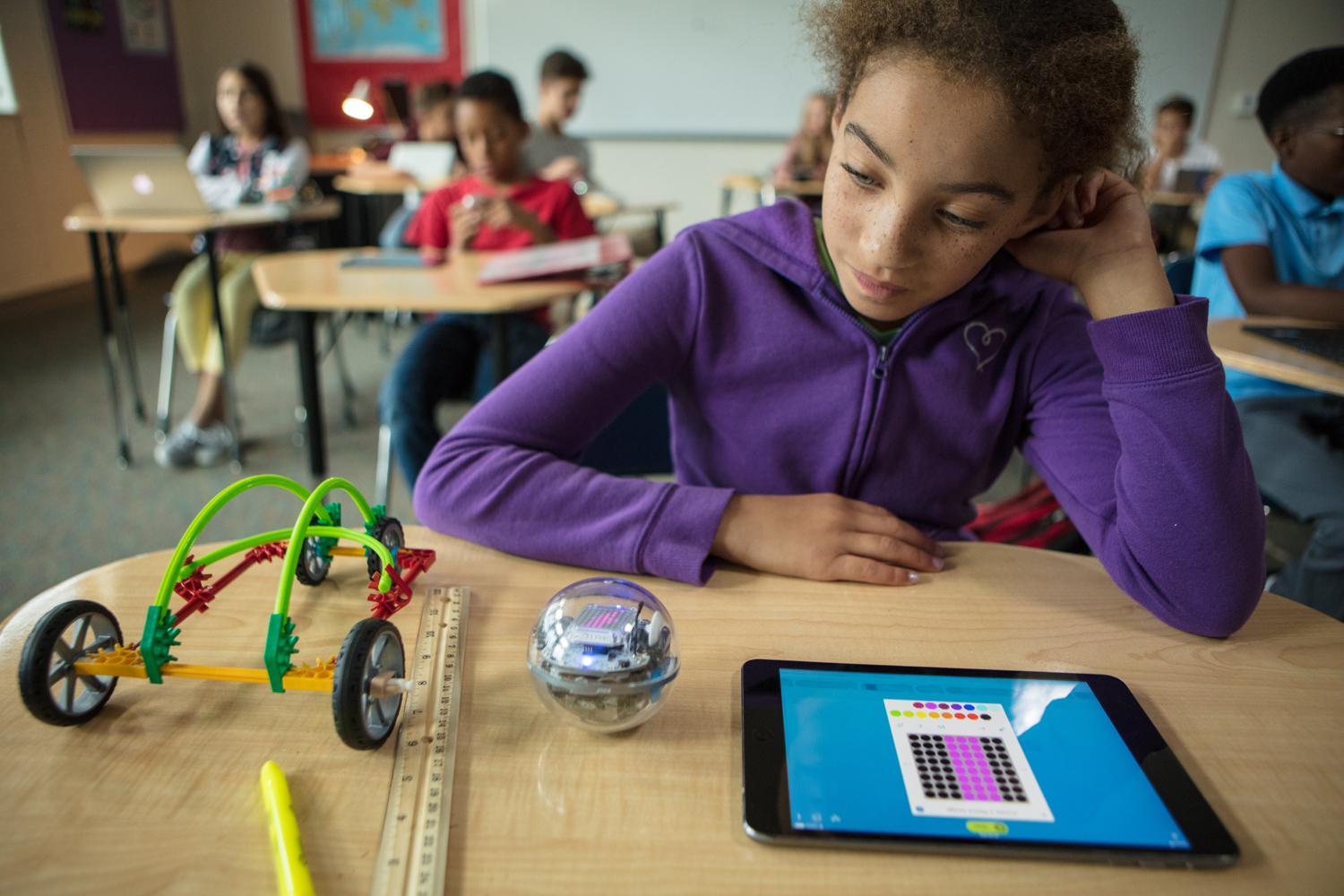
That’s reason enough to be a STEM advocate! Kids need a place where they can get together to learn how to approach and solve problems they care about.
- 0 Comments
- Jun 24, 2019 1:17:43 PM
- Posted by Maria Alejandra Calcetero
- Topics: EdTech, STEM, STEMchat
Why Robotics should be included in STEM education
In a world where the importance of technology is growing by the minute, it comes as no surprise that educators understand the importance of focusing on STEM subjects: science, technology, engineering and mathematics. Programming is already gaining popularity, but there is another area of knowledge that involves all four letters of the acronym and deserves more attention in a school system that truly means to keep up with the times: robotics.
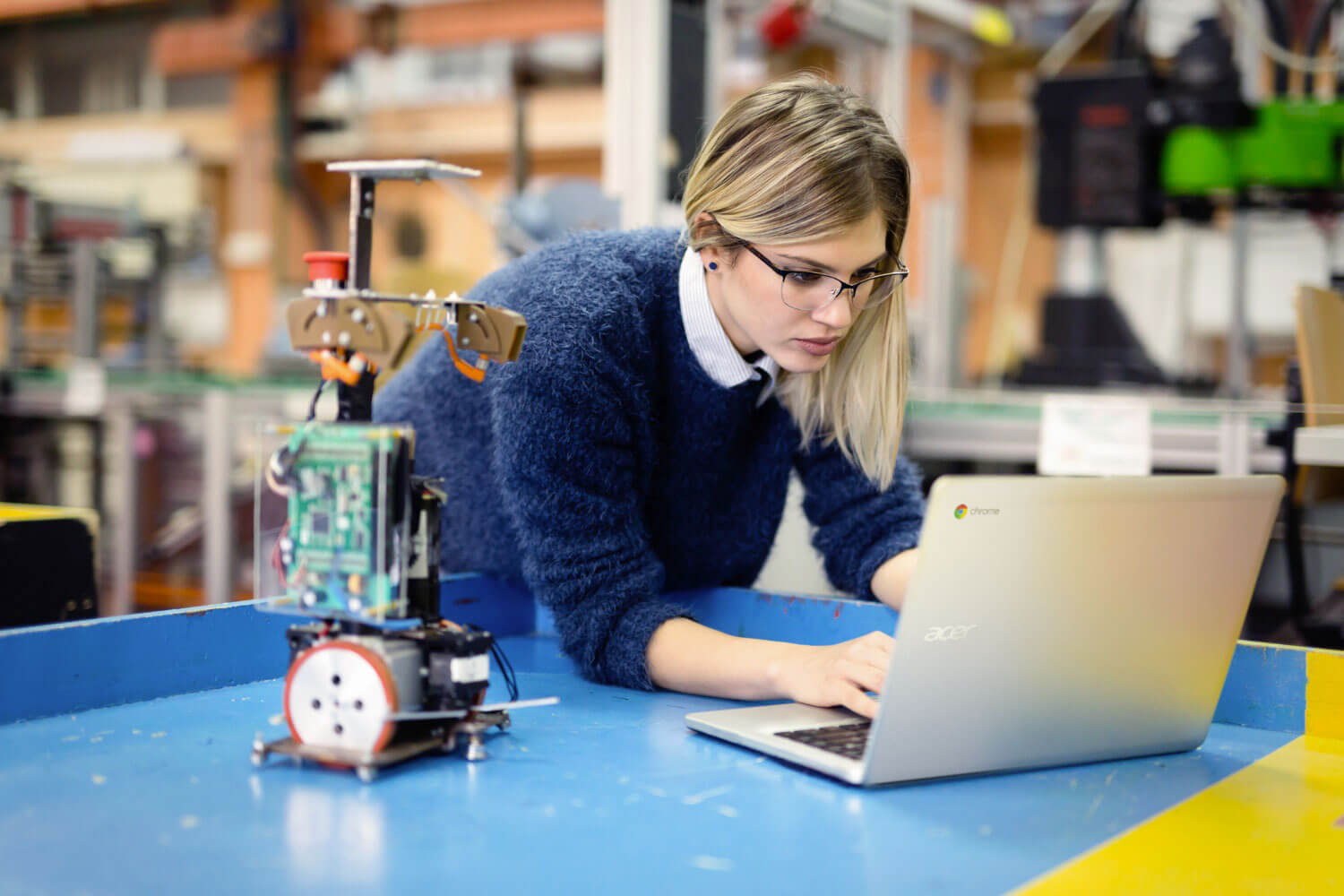
- 0 Comments
- Jun 21, 2019 10:46:26 AM
- Posted by Maria Alejandra Calcetero
- Topics: Robotics, STEM, STEMchat
Preparing students for future jobs with STEM Education
The job market is changing by the minute. While accurately predicting the future is impossible, that is a statement with which most analysts agree. Over 60% of our current students will end up having careers that do not exist yet, and for a teacher whose task is to prepare them for those careers, keeping up with the breakneck pace of change can be daunting.
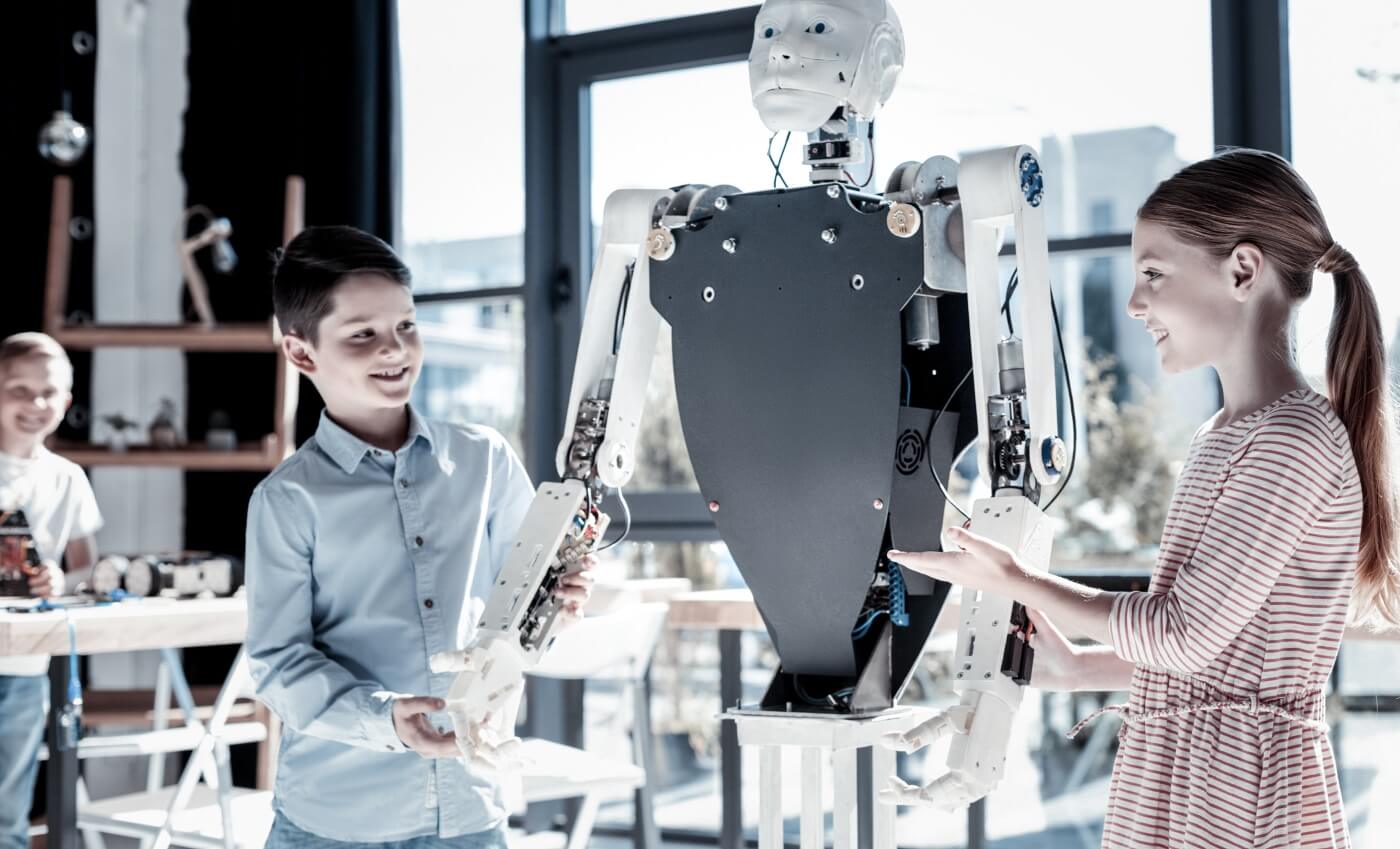
What can we do to ensure the future generations are ready? Although the future is uncertain, we do have a few certainties to start from.
- 0 Comments
- Jun 20, 2019 11:24:29 AM
- Posted by Maria Alejandra Calcetero
- Topics: Robotics, STEM, STEMchat
Five Steps For Integrating Computer Science in the Classroom
Check these classroom-friendly tips and resources that you can use to introduce young learners to coding, storytelling, and creative problem-solving!

- 0 Comments
- Jun 19, 2019 12:41:43 PM
- Posted by Maria Alejandra Calcetero
- Topics: Robotics, STEM, Computer Science, STEMchat
How Robotics Improves Education at School
Educational Robotics allows students to learn in different ways STEM disciplines, with the objective to facilitate students’ skills and attitudes for analysis and operation of robots. But robotics in the classroom has several other benefits: let’s learn more about how it impacts on education.
- 0 Comments
- Jun 18, 2019 9:38:50 AM
- Posted by Maria Alejandra Calcetero
- Topics: STEM, Robots,, Misty Robotics, STEMchat
20 STEM Activities For Kids This Summer
School may be winding down, but that doesn’t mean learning has to. In fact, it is vital that it doesn’t!
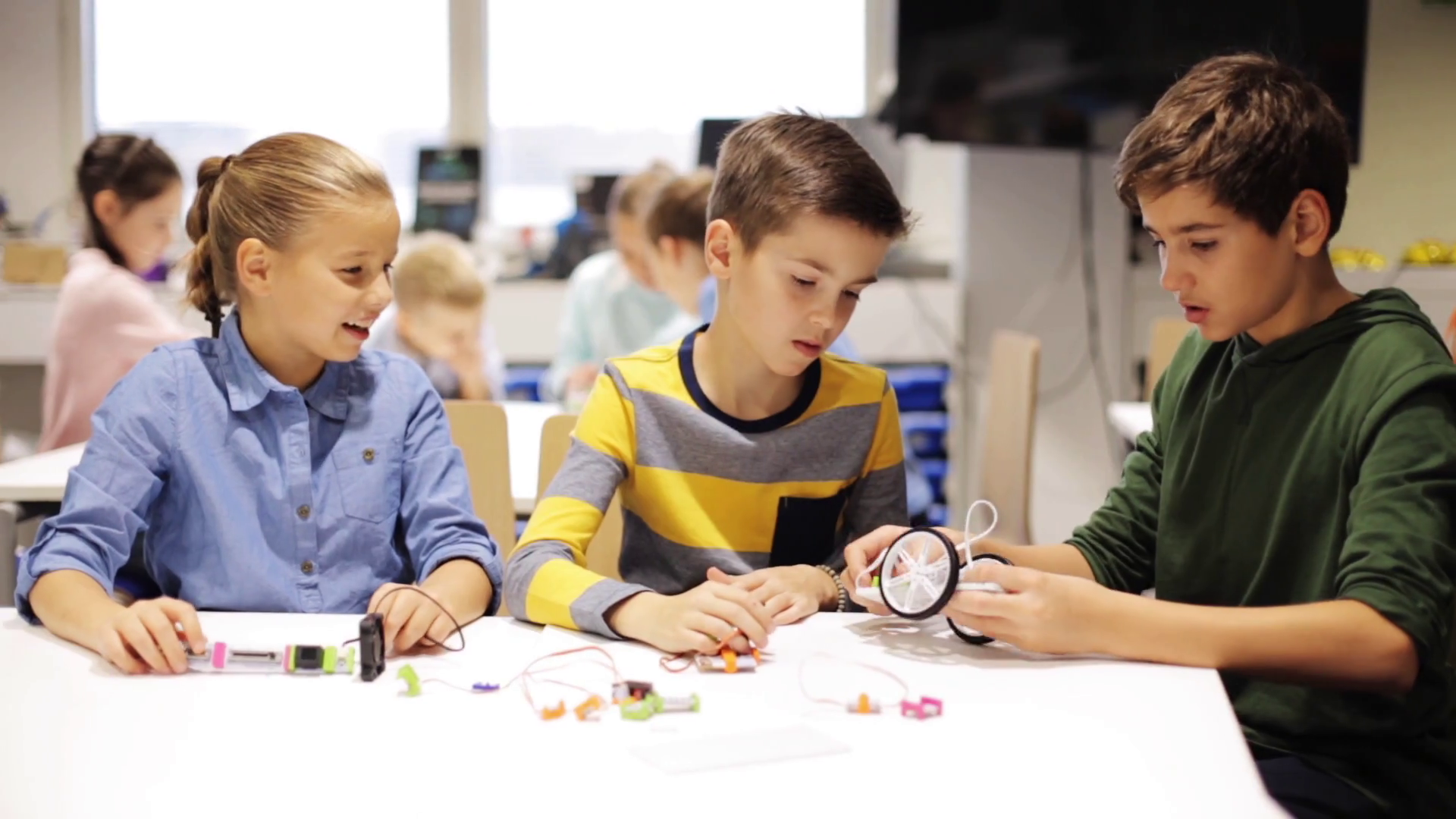
When students let their brains take a break over the summer, they can lose the equivalent of two months of their grade-level math and reading skills. To combat summer learning loss and keep those STEM skills fresh over the summer, Project Lead The Way put together a list of super simple (and fun) STEM activities you can do with your children over summer break.
- 0 Comments
- Jun 17, 2019 11:58:58 AM
- Posted by Maria Alejandra Calcetero
- Topics: STEM, STEMchat, summer
Relevant Posts
Popular Posts
Subscribe to Email Updates
-
I Want To Learn MoreADDITIONAL INFORMATION


